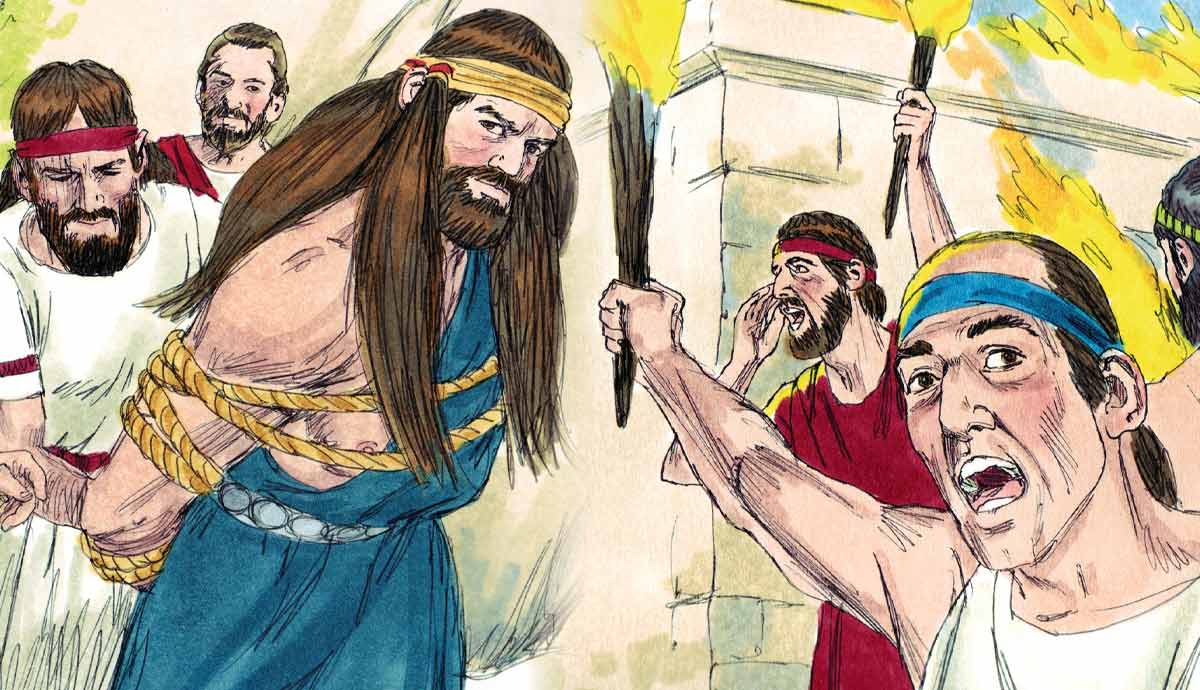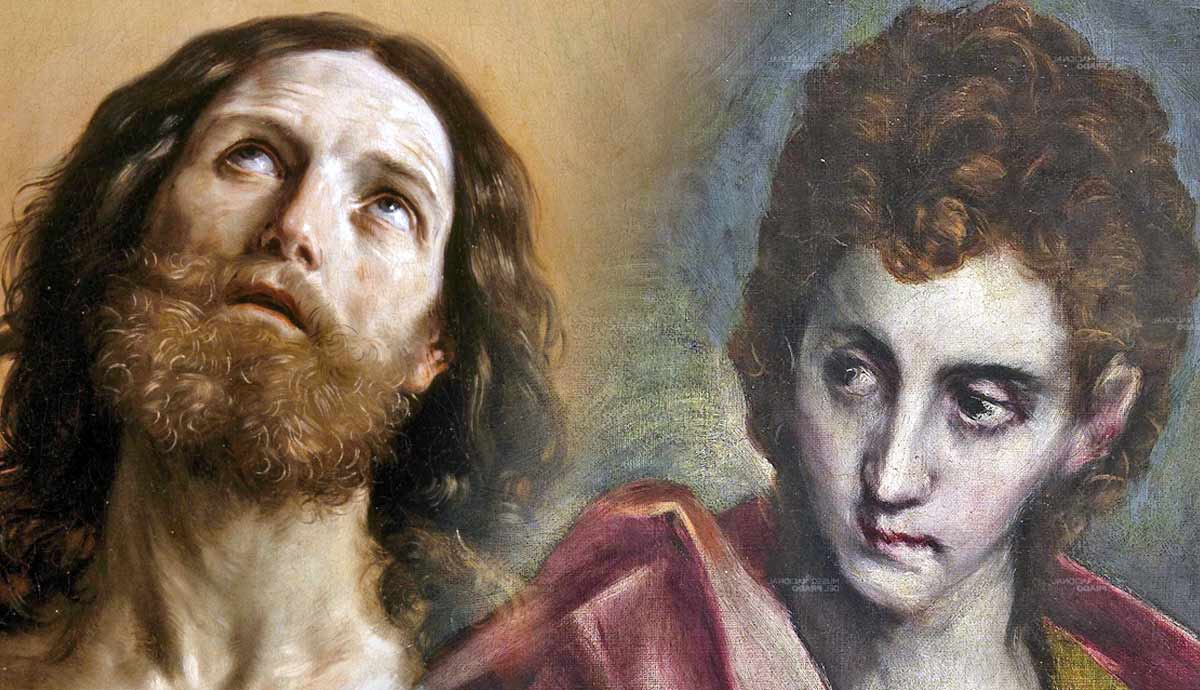
From the context of Matthew’s calling as one of the Twelve Disciples (Matthew 9:9), it is not surprising that most scholars identify him as Levi from Mark 2:14 and Luke 5:27. The setting, occupation, and verbiage are identical to that used during the calling of Matthew. The Mark account adds a unique detail. Matthew was the son of Alpheus. The name has no relevant connotation to us today but may have given context to who Matthew was via his Jewish lineage when the gospel was written.
Name and Background

Matthew means “gift of God,” and Levi is the name of the priestly tribe of Israel. These names suggest that Matthew was embedded in Jewish culture, which would have made him an outcast to Jews who would consider his employment by the Roman state a treacherous act. If Matthew was a Levite, it would make his association with the Romans and work as a tax collector even more egregious.
Jews considered tax collectors as sinners by default. They often collected more than was required and kept the difference, thereby enriching themselves. Luke 3:12-13 shows that this exploitation was well known to the general populace. When tax collectors came to be baptized they said to John the Baptist, “‘Teacher, what shall we do?’ And he said to them, ‘Collect no more than you are authorized to do.’”
The comment by John the Baptist speaks for itself. It may also be why the disciples appointed Judas Iscariot as treasurer instead of Matthew, who was obviously well-versed in money matters.
The story of Matthew is one sinner-turned-saint. Matthew, who betrayed his people and sided with “sinners” to gain riches, became an apostle who first ministered to Jews and then to Gentiles, dedicating his life to evangelism.
First Encounter and Calling as a Disciple

Matthew was a tax collector, also called a publican in the gospels, in the Capernaum region for the Roman state. Publicans were reviled by the Jewish people because taxation was a way of oppressing them. When Jesus met him, Matthew was seated at the tax collector’s table. The Bible records that Jesus said: “Follow me,” and Matthew complied. None of the gospels provide further detail on Matthew’s calling.
Character and Personality

Part of the tasks of a tax collector was to keep meticulous records of the taxes received. It would be safe to assume that Matthew was well-educated and meticulous in his work to be entrusted with such a responsibility. He must also have been intelligent enough to understand the complexities of taxation.
Though the employment Matthew had meant a good and consistent income, the way Matthew left the table immediately may indicate two things. First, he may have realized that he could not find true satisfaction in financial security and was looking for something more to satisfy his desire for fulfillment in life. Second, it shows his decisive and committed personality. Once he set his mind on a goal, he was all in on achieving it.
The feast Matthew hosted shows his open association with Jesus. Jesus was a controversial figure in Judean culture, as was Matthew. Matthew’s willingness to invite Jesus to visit with his fellow tax collectors indicates his willingness to share the message of Jesus unreservedly. Whatever it was about Jesus that made him get up and follow, Matthew wanted to share it with his mostly non-Jewish coworkers. Matthew seems more open to intercultural ministry than other disciples. Inviting many people to this event displays his hospitable nature.
It is significant that Matthew, though rich and influential, does not feature prominently among the disciples, which may point to a humble and soft-spoken persona.
There can be no doubt that Matthew had the skills to author a gospel, especially one with the prophetic focus that the Gospel of Matthew has. His level of education and attention to detail would be consistent with such a work. There are, however, other concerns that make it unlikely that he was the author.
Significant Encounters

Matthew 9:9-13
“As Jesus passed on from there, he saw a man called Matthew sitting at the tax booth, and he said to him, ‘Follow me.’ And he rose and followed him. And as Jesus reclined at the table in the house, behold, many tax collectors and sinners came and were reclining with Jesus and his disciples. And when the Pharisees saw this, they said to his disciples, ‘Why does your teacher eat with tax collectors and sinners?’ But when he heard it, he said, ‘Those who are well have no need of a physician, but those who are sick. Go and learn what this means: “I desire mercy, and not sacrifice.” For I came not to call the righteous, but sinners.’”
Though there is no specific verbal interaction between Matthew and Jesus, the situation described says a lot. Since this event happened just after Matthew left his occupation, he still associated with his fellow tax collectors. It may have been a farewell party for Matthew.
Matthew and Jesus had one thing in common. They did not mind associating with those other Jews looked down upon.
Legacy and Tradition

According to tradition, Matthew ministered in Judea at first and later went further East, where he ministered in Persia and Ethiopia (Not to be confused with the modern-day country). Biblical Ethiopia was a region further north stretching from Southern Egypt into the highlands of Ethiopia, thus covering large areas of Sudan.
Though the first gospel carries his name, many scholars doubt if Matthew was the author. The text does not claim such authorship and the “according to Matthew” addition likely dates to the 2nd century CE.
Eusebius of Caesarea preserved the work of the Apostolic Father Papias of Hierapolis who claims the gospel was written in Hebrew at first. Irenaeus concurred on the language used to pen the original version of the gospel. That view seems consistent with the intended audience, style, and content of the Gospel of Matthew. This gospel relates more accounts that mention money than other gospels, which leads some scholars to believe it may have been Matthew who wrote it after all.
The pseudepigraphical work, the Acts and Martyrdom of St. Matthew tells of how Jesus appeared to Matthew as a boy and instructed him to go to a city called Myrna (not a known location) where cannibals reside. Once there, Matthew performed miracles and cast out demons. Then the king attempted to set Matthew alight. Instead, the idols and some of the king’s guards were consumed by the fire, but Matthew suffered no consequence. The king and his tribe convert on witnessing the event.

Several other accounts about Matthew, and some attributed to him, exist, but had origins long after his death. One such example is the Gospel of Pseudo-Matthew.
Many believe St. Matthew is the patron saint of bankers and accountants. They associate his gospel with the symbol of a man with wings or an angel and in iconography artists often portray him with a book in his hands in recognition of the gospel he supposedly authored. Gisulf I, the Lombard Duke of Salerno reportedly brought relics of Matthew to Salerno in the 10th-century. The Cathedral of Saint Matthew was erected there and holds his relics and crypt. It has become a significant place of pilgrimage since.
Death

There are various accounts of Matthew’s death, the least likely of which is that he died in old age of natural causes. A more common account is that Matthew was stoned and then beheaded. Depending on the source, this happened in Persia or Ethiopia. The most common account is that Matthew was stabbed to death and beheaded in Ethiopia.
According to the last version of Matthew’s death, he preached in Ethiopia, and Princess Ephigenia, the maiden daughter of King Egippus, converted to Christianity. She dedicated her life to being a nun. When her father died, his successor, King Hirtacus, requested that Matthew convince her to marry him. When Matthew rebuked him, the soldiers of the king executed Matthew. Though this is the most common version of events surrounding his death, there are elements to the story that make it unlikely as well.
Foxe’s Book of Martyrs, a 16th-century work, claims Matthew was “slain with a halberd in the city of Nadabah, A.D. 60.”








